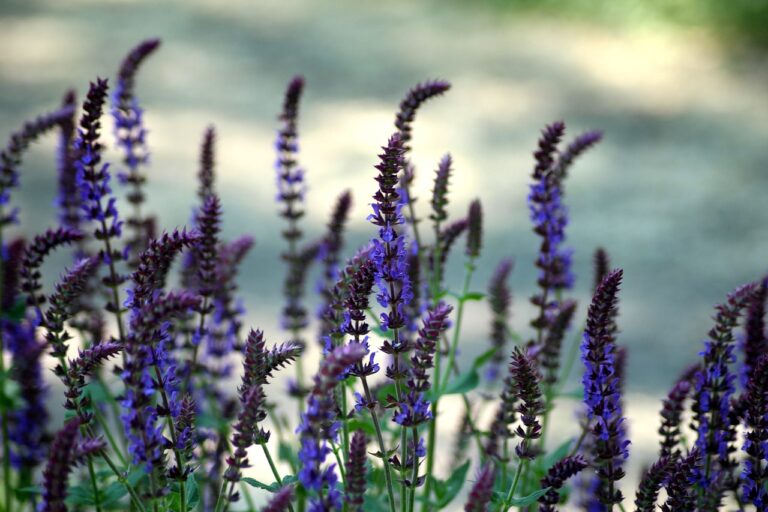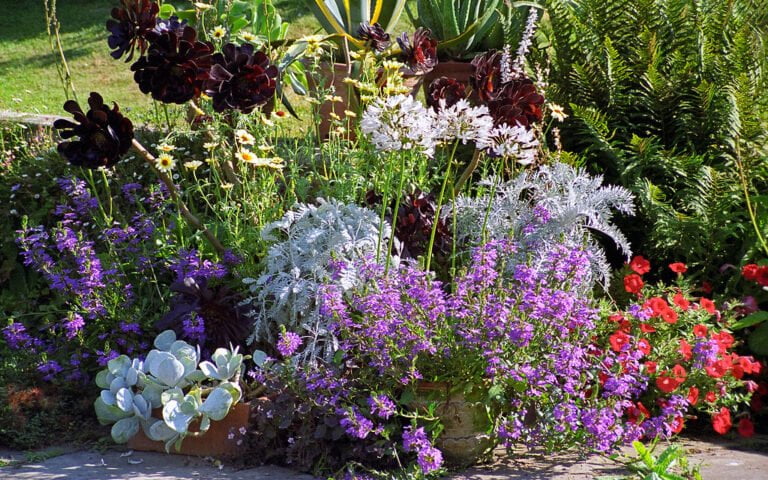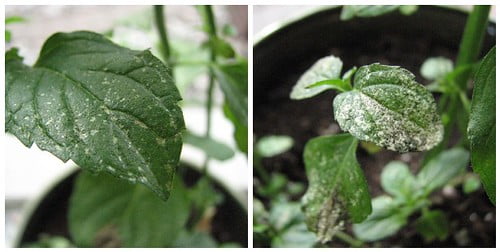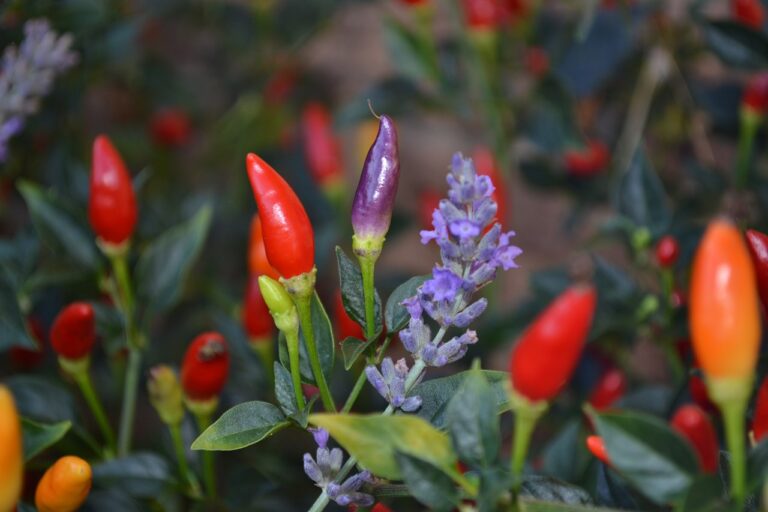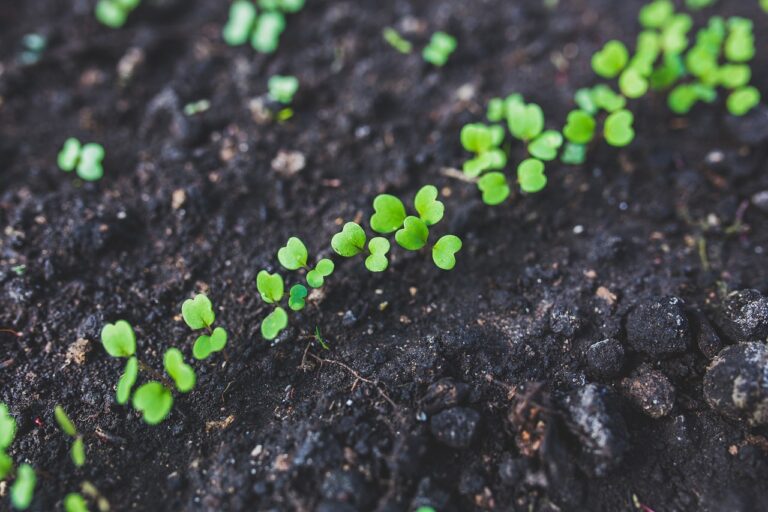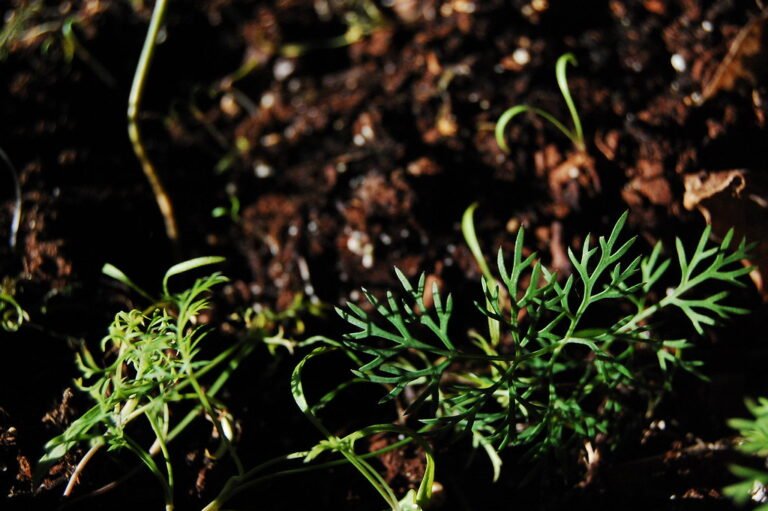Understanding the Best Companion Plants for Leeks
Discover the secret to successful leek cultivation by understanding the best companion plants for your garden. Boost your leeks' growth and health with the perfect pairings. From carrots to tomatoes, onions to lettuce, this article will guide you in creating a mutually beneficial environment for your leeks and their companions. With these practical tips and knowledgeable insights, you'll be serving up a bountiful harvest in no time. Get ready to plant and reap the rewards of harmonious gardening.
Benefits of Companion Planting With Leeks
What are the benefits of companion planting with leeks? When it comes to growing leeks, companion planting can offer a range of advantages that not only benefit the leeks themselves but also the surrounding plants and the overall garden ecosystem. One benefit is pest control. By planting leeks alongside certain companion plants, such as carrots or onions, you can deter pests like carrot flies and onion maggots. Additionally, companion planting can enhance the flavor and growth of leeks. For example, planting leeks with herbs like thyme or dill can result in a more robust flavor profile. Furthermore, some companion plants can provide shade or act as a living mulch, helping to retain moisture in the soil and conserve water. Overall, companion planting with leeks can promote a healthy, thriving garden that serves both you and the environment.
Leeks and Carrots: a Perfect Match
Planting leeks with carrots is a fantastic combination for your garden. Not only do they complement each other in terms of flavor, but they also benefit each other's growth. Leeks are tall and slender, providing shade for the carrots and protecting them from excessive sun exposure. This helps prevent the carrots from becoming overly bitter. Additionally, leeks have a pungent aroma that acts as a natural repellent for pests that may damage the carrots. On the other hand, carrots have a long taproot that helps break up the soil, allowing leeks to grow deeper and stronger. This dynamic duo also maximizes space in your garden, as leeks grow vertically while carrots grow underground. So, when planning your garden, remember that leeks and carrots make the perfect match for a thriving and productive vegetable patch.
Enhancing Leek Growth With Onions
To further optimize the growth of your leeks, consider pairing them with onions in your garden. Onions are excellent companions for leeks because they provide a range of benefits that can enhance their growth. Firstly, onions help deter pests that may harm leeks, such as aphids and onion flies. Their strong aroma acts as a natural repellent, keeping these pests at bay. Additionally, onions have shallow root systems that do not compete with the deep-rooted leeks for nutrients and water. This allows both plants to thrive without overcrowding each other. Furthermore, onions are known to improve soil structure by breaking up compacted soil and increasing its drainage capacity, which is beneficial for leeks, as they prefer well-drained soil. By planting onions alongside your leeks, you can create a harmonious garden bed that promotes healthy growth and a bountiful harvest.
The Role of Herbs in Leek Companionship
Herbs play an important role in enhancing leek companionship by providing additional benefits to the growth and health of your leeks. When choosing herbs to plant alongside your leeks, consider those that have properties that can protect against pests, improve soil fertility, and enhance the flavor of your leeks. One herb that is commonly recommended to plant with leeks is thyme. Thyme has natural insect-repelling properties, which can help protect your leeks from pests like aphids and onion flies. Additionally, thyme can improve the flavor of your leeks when used in cooking. Another herb to consider is chamomile. Chamomile acts as a natural fungicide, helping to prevent fungal diseases that can affect leeks. It also attracts beneficial insects, such as ladybugs, which can help control pests in your garden. By strategically planting herbs alongside your leeks, you can create a harmonious environment that promotes healthy growth and deters pests.
Beans and Leeks: a Mutually Beneficial Relationship
Beans and leeks form a mutually beneficial relationship in the garden. When planted together, they help each other thrive and produce a bountiful harvest. Leeks provide a natural shade for beans, protecting them from the scorching sun and preventing weeds from growing around their delicate roots. In return, beans act as a living trellis for the leeks, allowing them to grow vertically and saving precious space in your garden. The beans' nitrogen-fixing ability also benefits the leeks, as they enrich the soil with nitrogen, an essential nutrient for healthy plant growth. This symbiotic relationship between beans and leeks results in healthier plants, increased yields, and a more sustainable garden. So, when planning your garden, consider planting beans and leeks together to enjoy the benefits of this harmonious companionship.
Protecting Leeks With the Help of Marigolds
By planting marigolds alongside your leeks, you can effectively protect them from pests and diseases. Marigolds are known for their strong scent, which repels many insects that might otherwise harm your leeks. The strong aroma of marigolds masks the scent of the leeks, making it harder for pests to find them. Additionally, marigolds release a chemical called alpha-terthienyl, which has been found to deter nematodes, microscopic worms that can damage the roots of leeks. To maximize the protective benefits of marigolds, it is recommended to interplant them with your leeks, spacing them about a foot apart. This creates a barrier around the leeks, deterring pests from approaching. Remember to choose the French marigold variety, as it has the strongest scent and highest concentration of alpha-terthienyl. By using marigolds as companions for your leeks, you can ensure their health and productivity.
Leeks and Tomatoes: a Dynamic Duo
Why are leeks and tomatoes such a dynamic duo for companion planting? Well, let me tell you. Leeks and tomatoes have complementary growth habits and nutritional needs, making them perfect gardening partners. Leeks, with their tall, slender stalks, provide shade and protection to the delicate tomato plants, shielding them from harsh sunlight and strong winds. In return, tomatoes release certain chemicals into the soil that help deter pests and diseases that can harm leeks. Additionally, leeks have deep roots that can help break up compacted soil, allowing tomatoes to access nutrients more easily. Their roots also help improve soil structure and moisture retention. So, by planting leeks and tomatoes together, you're not only maximizing your garden space but also creating a harmonious environment where both plants thrive and support each other. It's a win-win situation!
Utilizing Flowers as Leek Companions
Enhance the growth of your leeks by incorporating flowers as their companions in the garden. Flowers not only add beauty to your garden, but they can also provide numerous benefits to your leeks. Marigolds, for example, are known to repel pests like nematodes and aphids, which can damage your leeks. Their bright blooms attract beneficial insects like ladybugs and bees, which help with pollination. Another great flower companion for leeks is the calendula. Calendulas have antibacterial properties that can help reduce the risk of fungal diseases in your leeks. Additionally, their vibrant orange and yellow flowers are visually appealing and can attract pollinators. By strategically planting flowers alongside your leeks, you can create a harmonious and beneficial garden ecosystem that promotes the healthy growth of your leeks.
Leeks and Lettuce: a Complementary Pairing
When planting leeks, consider pairing them with lettuce as they complement each other well in the garden. Leeks and lettuce make a perfect duo, both in terms of taste and in terms of their growth habits. Leeks, with their tall and slender stalks, provide shade and protection to the delicate lettuce leaves, shielding them from the scorching sun. Additionally, the leeks' strong aroma acts as a natural deterrent for pests that can harm the lettuce. On the other hand, lettuce's shallow root system helps prevent soil erosion and benefits the leeks by keeping the soil moist and cool. This symbiotic relationship between leeks and lettuce results in healthier plants and higher yields. So, when planning your garden, don't forget to include these complementary companions for a bountiful harvest.
Cabbage and Leeks: a Harmonious Partnership
Pairing cabbage with leeks creates a harmonious partnership in the garden. When planted together, these two vegetables can benefit each other in numerous ways. Leeks, with their tall and slender stems, provide a natural shade for cabbage plants, protecting them from the scorching sun and preventing them from bolting. In return, cabbage plants act as a natural barrier against pests, such as aphids and cabbage worms, that often plague leeks. Their strong scent repels these unwanted visitors, keeping your leeks healthy and pest-free. Additionally, cabbage plants have deep roots that help improve soil structure, making it easier for leeks to access nutrients and water. This partnership not only promotes the growth and well-being of both plants but also maximizes the productivity of your garden.
Conclusion
In conclusion, understanding the best companion plants for leeks can greatly benefit your garden. By strategically planting carrots, onions, herbs, beans, tomatoes, flowers, lettuce, and cabbage alongside your leeks, you can promote healthier growth, deter pests, and enhance the flavors of your harvest. Remember to observe the needs and characteristics of each plant to create a harmonious and mutually beneficial relationship. With this knowledge, you can make your leek garden thrive and enjoy a bountiful and diverse harvest. Happy gardening!

